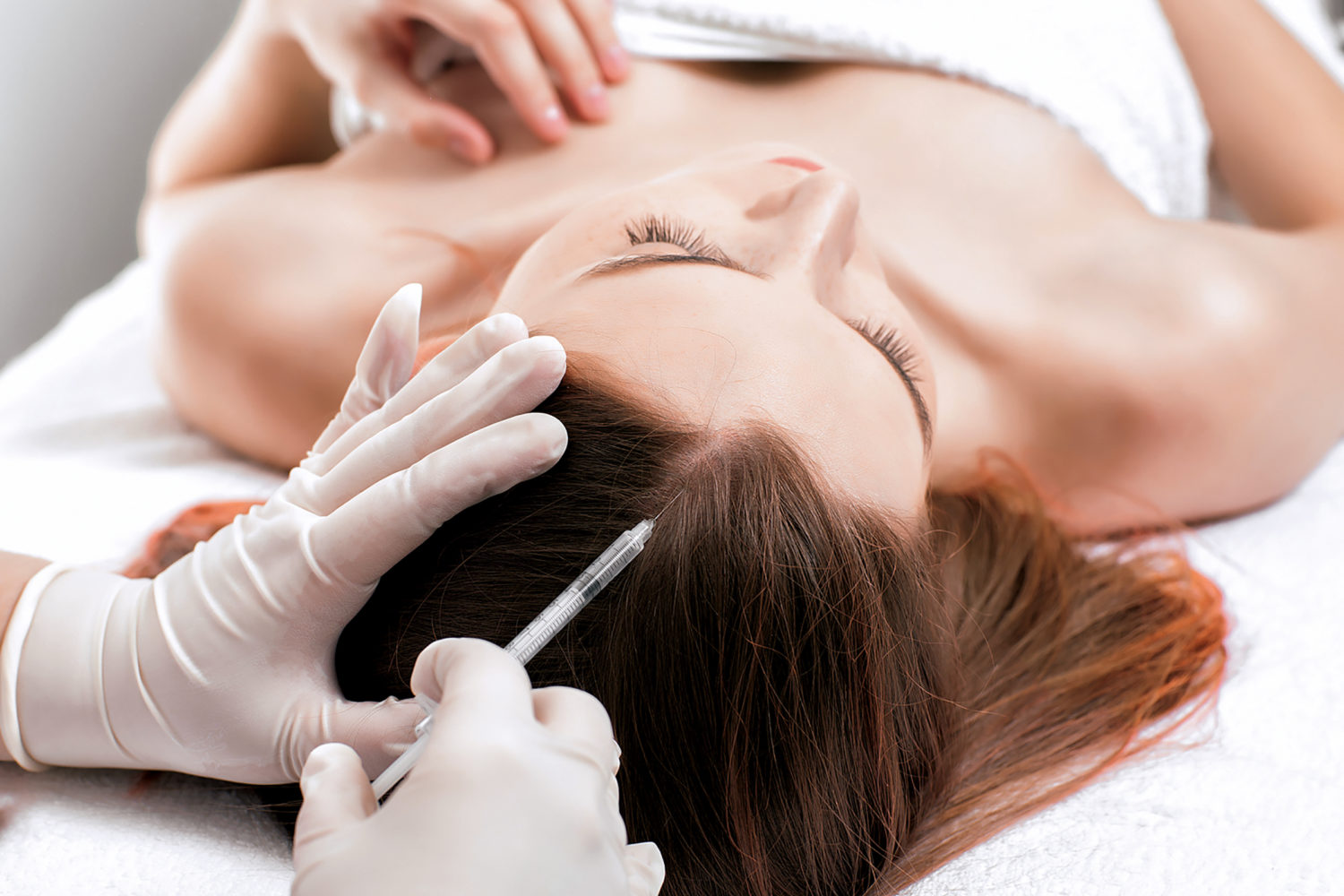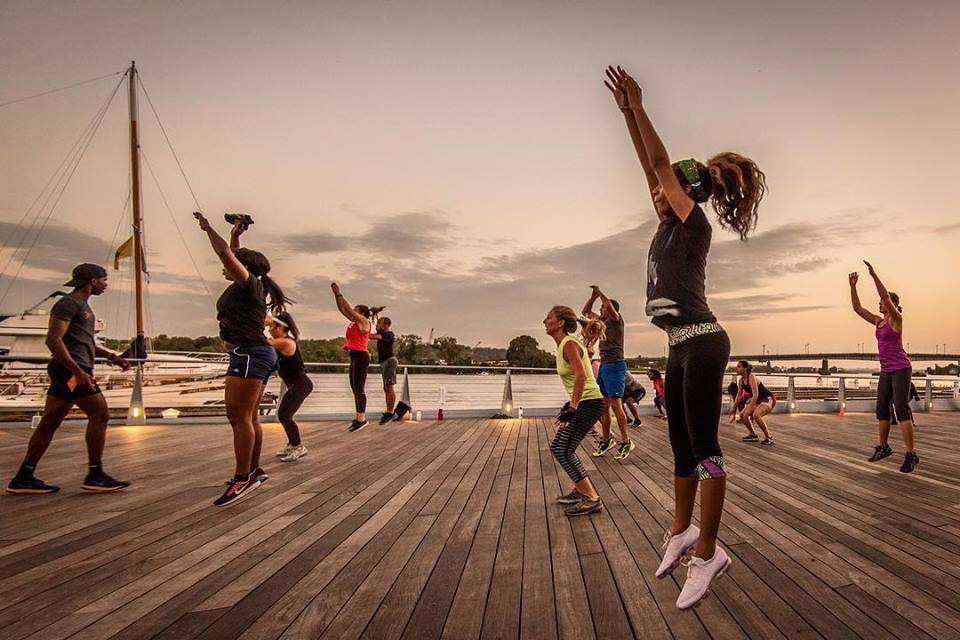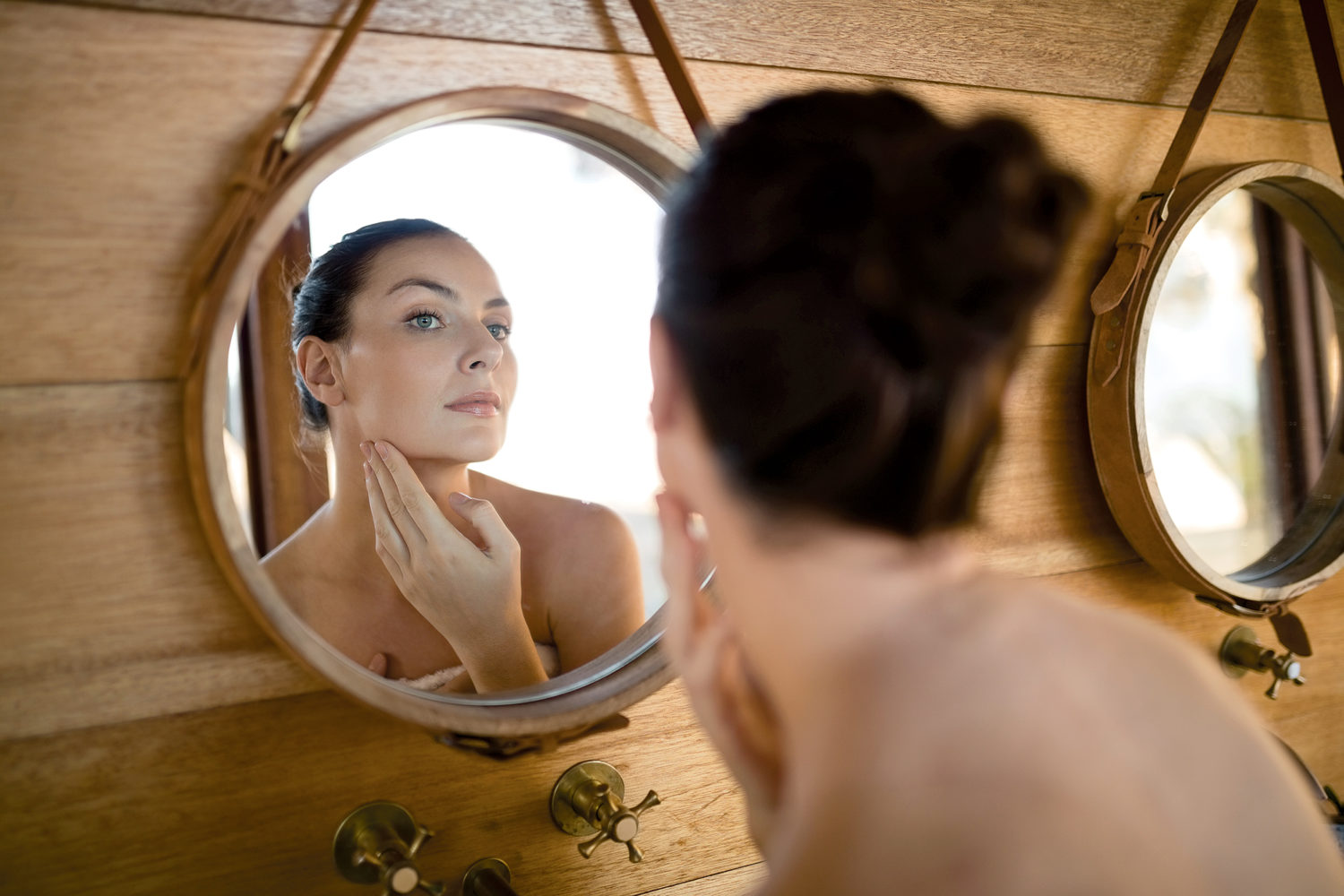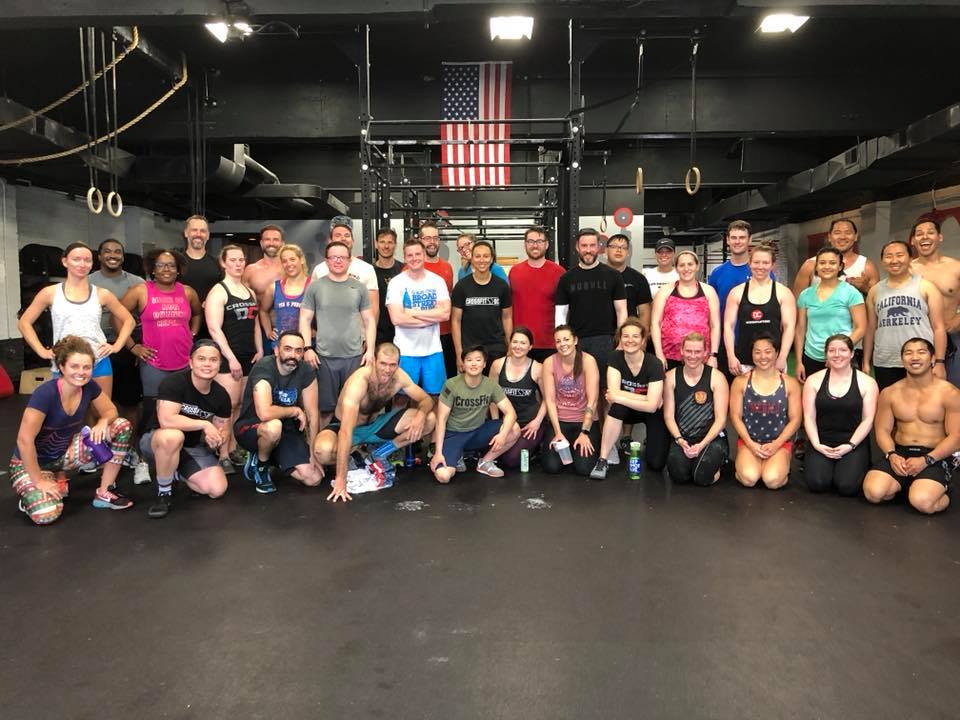While some rules of sunscreen don’t change much—choose one with an SPF of 30 or higher, reapply after swimming or sweating—trends in protection evolve. Here are the latest sunscreen developments.
Antioxidant Sunscreens
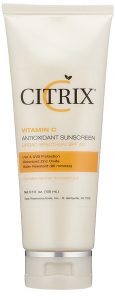
One trend, says dermatologist Chicky Dadlani, is combining sunscreen with antioxidants that help prevent damage from UV rays. Added to sunscreen, antioxidants such as vitamins C and E can reduce the sun’s effect on skin cells—and, some doctors say, may repair existing damage. “Not only are we protecting, we’re improving the condition of the damage that’s there,” Dadlani says. Citrix Vitamin C Antioxidant Sunscreen, for example, comes in SPF 40, costs $36, and contains vitamins A, C, and E as well as antioxidant-rich green tea.
Sun-Safe Clothing
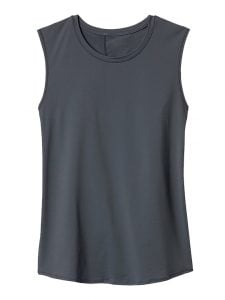
Clothing designed with built-in sun protection (UPF, or ultraviolet protection factor) has become more common—and cuter. In general, darker colors in tighter knits block more rays, but lighter and brighter shades with high UPFs are still a safe bet for those whose skin is sensitive to the sun.
Like SPF, a UPF rating indicates the range of protection, usually from about 15 to 50, sometimes bolstered by the addition of chemicals to block rays. A UPF of 50 means that only one-50th of UV rays can pass through to skin, compared with an untreated thin white cotton tee, which has a UPF of about 5, allowing one-fifth of rays through. Clothing has moved beyond beach tunics—the athleisure brand Athleta offers sun-safe tanks and tees with high UPF ratings, while Patagonia also has sun-safe styles.
“Sunscreen” by Mouth
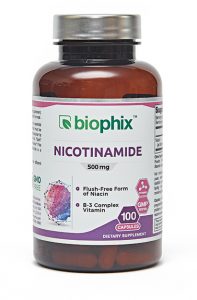
You don’t actually have to guzzle sunscreen, but one oral supplement has been clinically proven to reduce the rate of skin cancer in those who have had it before. In a 2015 study published in the New England Journal of Medicine, a form of vitamin B3 called nicotinamide cut the rate of new squamous-cell and basal-cell skin cancers by 23 percent. It’s a cheap option, too—costing about $17 a month to take 500 mg twice a day, the dosage used in the study. Biophix makes a water-soluble version; 100 pills are $29.
Other supplements purported to protect from the sun include Heliocare, which contains derivatives from a fern. Neither the “sunscreen” vitamins nor Heliocare has been FDA approved. And any supplement, cautions dermatologist Dale Isaacson, is not a substitute for sunscreen.
Glitter Sunscreen
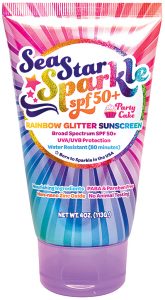
Go ahead, indulge your eight-year-old self and give glitter sunscreen a try, the latest trend to hit the market thanks to brands such as Seastar Sparkle. The American-made formula ($19) is paraben-free; comes in gold, pink, and rainbow options; and has an SPF of 50+ in addition to antioxidants, making it safe for those who want to look like disco balls by the pool.
“Basically, I tell my patients, ‘If the glitter is a draw and it’s positively reinforcing for you to use, fine,’ ” says Dadlani, who suggests doing a test spot to rule out skin sensitivities.
This article appeared in the July 2018 issue of Washingtonian.







